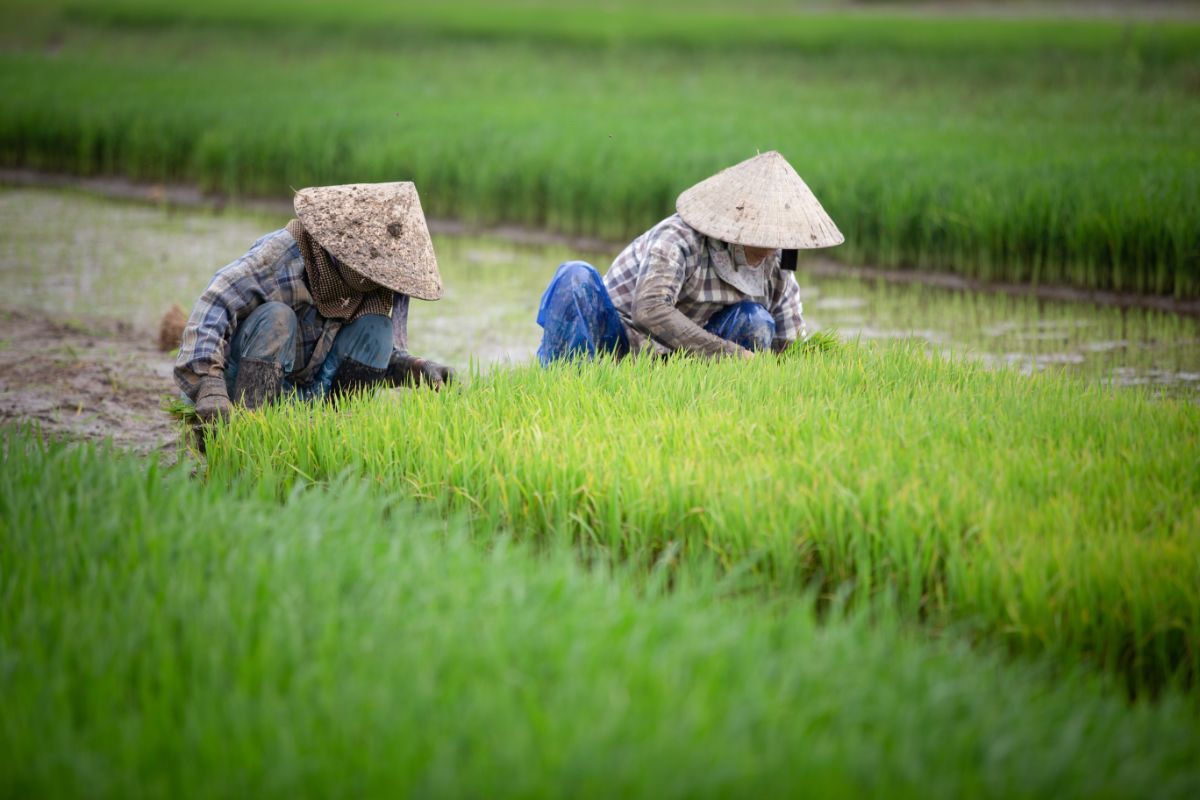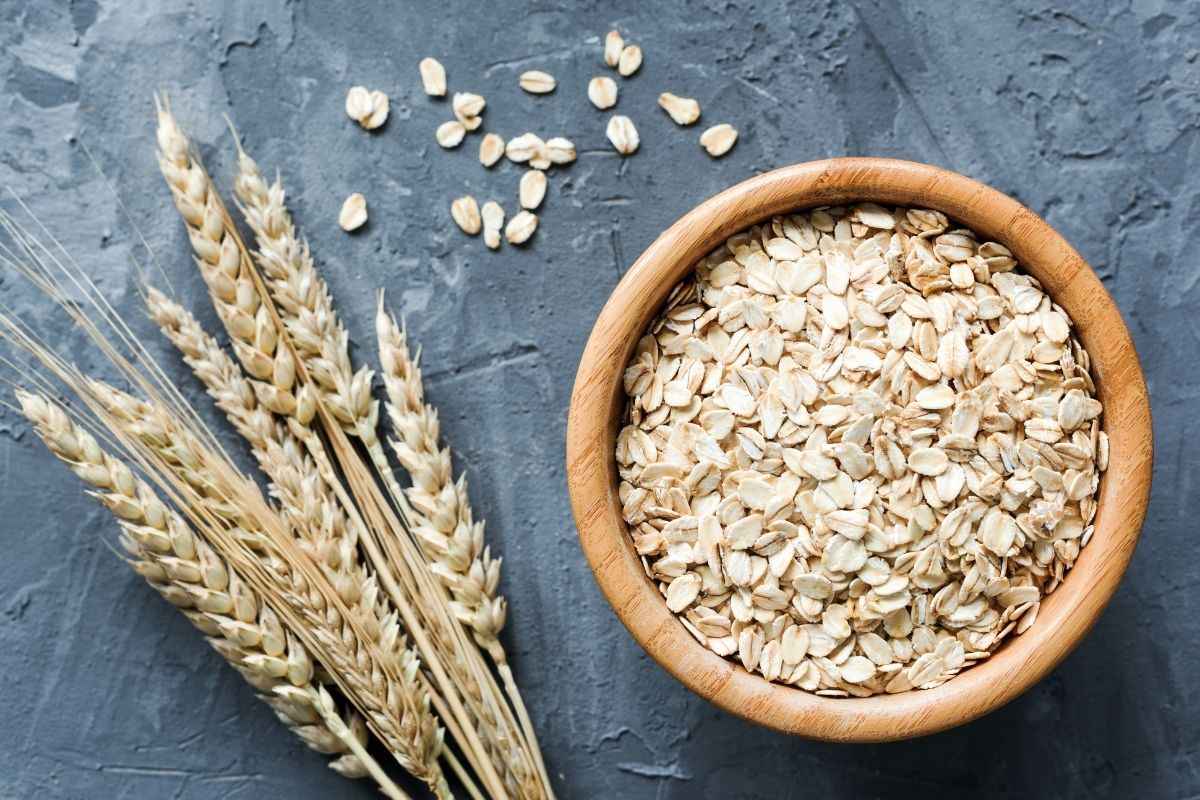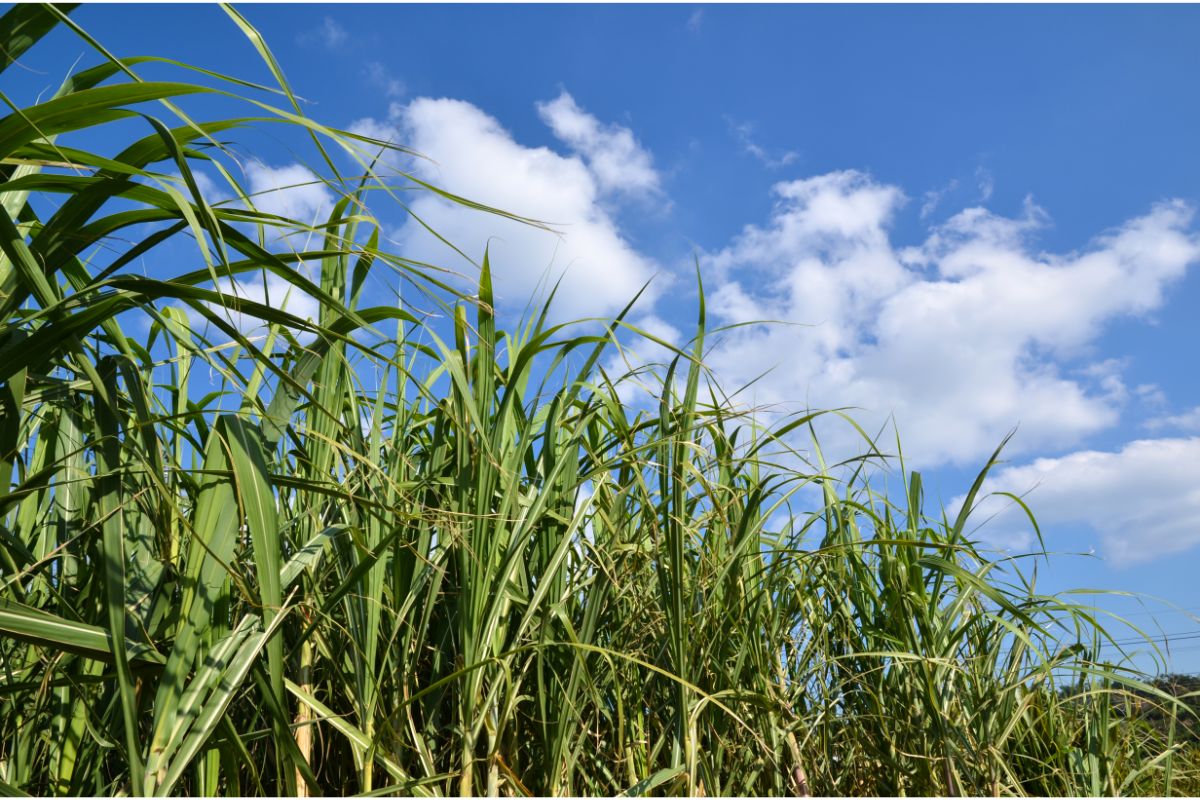Rice is one of the most important crops in the world, and it’s also very easy to grow.

It can be grown on a small scale for your own use or as an addition to your diet.
In this article, we’ll cover how to start growing rice from seed, what varieties are best suited to different climates, and some tips on how to get started with rice farming.
What Is Rice?
Rice (Oryza sativa) is a monocotyledonous plant that grows in tropical regions around the globe.
The grains are harvested when they have reached maturity, which varies depending on variety and climate.
There are two main types: long-grain and medium-grain. Long-grain rice has a high starch content, while medium-grain rice contains more protein.
Most people prefer white rice because it has a mild flavor. However, brown rice is higher in fiber and nutrients than white rice.
Where Can I Buy Rice Seeds?
There are many varieties of rice seeds available at nurseries and online retailers.
You can find them by searching “rice” in your local store’s catalog or through the search function on websites like Amazon.com.
Types Of Rice Varieties
There are several types of rice seeds available. These include short-grain, medium-grain, and long-grain varieties.
Short-grain rice has a low amylose content and cooks up fluffy and light.
Medium-grain rice has a moderate amount of amylose and tastes slightly sweet.
Long-grain rice is considered the standard type of rice and has a high amylose content.
This makes it chewy and sticky. Brown rice has even more amylose than regular white rice.
Growing Rice From Seed
In order to grow rice from seed, you need to prepare the soil first. If you’re planting rice in pots, fill them about half full of potting soil.
If you plan to sow directly into the ground, add 1/2 inch of compost to the topsoil.
Mix in enough fertilizer to provide nitrogen, phosphorus, potassium, and trace minerals.
Next, soak the rice seeds overnight in water. Drain the seeds, then place them in a container with fresh water until ready to plant.
When sowing rice seeds outdoors, make sure to choose a location where there will be plenty of sun.
Sow the seeds 2 inches deep and 3 inches apart. Cover the seeds lightly with soil. Water well and wait until the plants emerge.
Once the rice sprouts appear, thin out the seedlings so that only one or two remain per hill. Keep the plants moist but not wet.
After three weeks, transplant the seedlings into individual containers. Plant them 4 inches deep and 8 inches apart.
After another week, transplant the seedlings back into their permanent locations. Space the plants 6 inches apart.
Growing Rice Indoors
If you live in a warm area, you can grow rice indoors using a greenhouse or other heated environment.
Start by preparing the soil before planting. Add 1/4 cup of fish emulsion to each gallon of potting mix.
Make sure to keep the mixture evenly moist throughout the process. Sow the rice seeds in small cups filled with potting mix.
Place the cups in trays and cover with plastic wrap. Set the trays in an unheated room for four days.
After this time, remove the plastic wrap and move the trays to a warmer room.
Keep the temperature between 70 °F and 80 °F during the day and 50 °F at night. Remove any leaves that turn yellow.
You should see roots forming after 10 to 14 days. Once the roots reach about 5 inches, transfer the seedlings to larger pots.
Water regularly and fertilize as needed. When the plants begin to flower, cut off the tops and let the stalks dry for about two weeks.
Then harvest the grains when they become hard and brittle. Rice can also be grown in large pots.
Fill the pots with a potting mix and insert a layer of gravel or pebbles. The drainage holes should be no deeper than 1/8 inch.
Cover the pots with clear plastic bags and set them on saucers in a sunny window.
You may have to adjust the temperature to maintain a consistent 65 °F.
Harvesting Rice
Rice must be harvested while still young. It’s best to pick the grain just as it begins to mature. Harvest the rice when it reaches its final stage.
To determine if your rice is ready to eat, pull off a few grains and taste them.
They should be firm and plump. If they are soft, continue to wait.
To store rice, either wash it thoroughly and air-dry it, or freeze it immediately. Store it in sealed glass jars.
How Long Does Rice Take To Grow?
The average amount of time required to grow rice depends on the variety and growing conditions.
In general, it takes about six months to grow rice. Some varieties take longer than others.
Here are some growth rates:
- Common long-grain (basmati) – 60 to 90 days
- Short-grain (japonica) – 45 to 75 days
- Medium-grain (aromatic) – 30 to 55 days
Why Is Rice So Good For You?
Health Benefits Of Eating Rice
- High in fiber, protein, and vitamins A, B6, C, E, and K
- Low in fat and cholesterol
- Rich in minerals like magnesium, manganese, phosphorus, potassium, selenium, zinc, copper, and iron
- Contains more dietary fiber than most whole grains
- It has a mild flavor and texture that makes it easy to consume without aggravating the stomach.
Conclusion
To conclude, you can grow rice in your backyard or indoors. It requires little maintenance and is very nutritious.
Growing rice is fun and rewarding.
You will also reap the health benefits of consuming your freshly grown rice as you will have a consistent supply of fiber, protein and minerals like magnesium and phosphorus.
Rice can also be grown indoors and thus, it is easy to maintain a vigilant eye on your crop and to grow rice all year round.
- Pull Sprouts: 1 Potato Peel, 200 Plants - July 7, 2022
- Creeping Thyme: Flowering Herb And Ground Cover - July 7, 2022
- East meets Midwest in the garden of Linda Brazill and Mark Golbach, Part 1 - July 7, 2022







